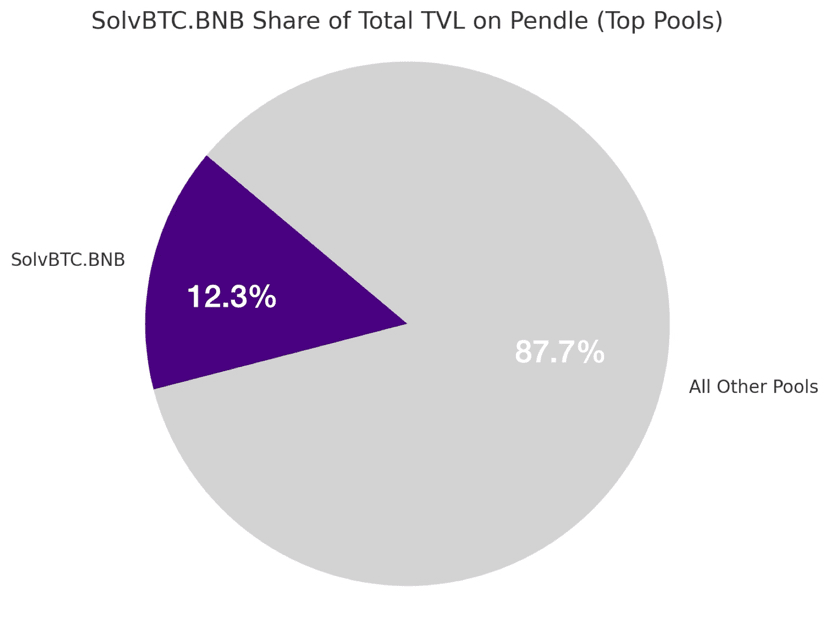We all know that BTC is the big brother of the crypto world, with the highest market cap and the most fame, but the problem is—it really is quite lazy. Most people just hold BTC, waiting for it to rise, turning it into a 'sleeping brick of gold.' When the price goes up, they smile; when it goes down, their mindset explodes, and they just watch it daze off.
Solv Protocol thinks differently: Since BTC is 'digital gold,' why not stake it, invest it, and generate returns like gold? So it made a bold attempt—finding part-time jobs for BTC!
1. SolvBTC: An upgraded version of BTC
Solv's signature product is called SolvBTC. The operation is very simple: you deposit BTC, and the system will generate an equivalent amount of SolvBTC. It has two major benefits:
Continue to enjoy the value exposure of BTC (nothing will be lost);
You can also participate in DeFi, RWA investments, and other plays to earn some extra income.
In other words, your BTC is no longer just 'watching the market wait for a rise,' but can actually go out and work to earn money.
How to solve security issues?
What many people fear the most is—if the project team 'runs away,' won't BTC be gone? Solv has several ideas here:
Compliance and cooperation: It has connected with traditional financial funds like BlackRock BUIDL, bringing real returns on-chain.
Transparent treasury: Where assets go and how returns are calculated can be checked;
Certificate mechanism (vNFT): It separates and records the rights to BTC profits to avoid disputes.
Therefore, it is not just an 'idea,' but it is really building a set of implementable mechanisms.
For users, is it worth playing?
If you are simply hoarding BTC, Solv might catch your interest:
One more revenue channel: In addition to waiting for a rise, you can also have steady returns;
High flexibility: SolvBTC can still be used in the DeFi ecosystem, not locked up;
Long-term friendly: Compared to speculative plays that can lead to liquidation, this type of return is more stable.
Solv Protocol is like a professional intermediary for BTC, preventing it from being a 'lazy homebody' and instead arranging for it to work multiple jobs: maintaining its identity and status while bringing back some extra income. For ordinary holders, this is an opportunity to maximize asset efficiency.
It seems that if BTC can really enter mainstream finance through a model like Solv, the era of 'lying flat' may truly come to an end.

